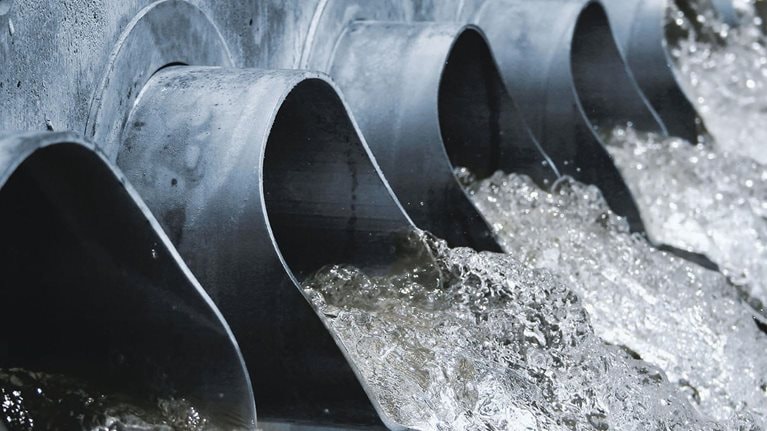The Bipartisan Infrastructure Law (BIL), signed in November 2021, commits more than $55 billion to funding the modernization of water infrastructure. Amid this influx in capital, concerted effort is required to maximize value and ensure long-term resilience, affordability, and equity.
On April 12, McKinsey’s Global Infrastructure Initiative (GII) hosted a roundtable with senior leaders across the water landscape to discuss these issues and potential actions. Participants represented investors, operators, service providers, the public sector, and technology providers. The following key themes emerged:
- The funding for water infrastructure in the BIL provides the conditions for a “once in a generation” investment opportunity, but it is not a standalone solution. After years of grappling with aging assets, the BIL will unlock private capital and awareness at an opportune moment for infrastructure. However, to achieve safe, affordable and resilient water infrastructure, the new funds must be used wisely. One participant said, “Instead of ‘build back better,’ I’m worried we’re on a path to ‘build back the same.’” Funding should be deployed to new assets that are designed and delivered for current and future needs. One example is integrating climate resiliency at the scoping and feasibility stage, not as an afterthought, and ensuring that the benefits of resiliency investments are measured as part of a broader sustainable business plan for the utility, city and region.
- Design water infrastructure solutions holistically. Innovating in procurement and removing organizational silos will be essential to optimize the planning, delivery, and operations of utilities, so that solutions are designed, funded and deployed holistically instead of in a compartmentalized, project-specific way. Build on proven models such as DC Water’s Blue Plains projects that provide holistic solutions to water infrastructure needs in ways that generate environmental and financial benefits for the community.
- Reach low-income and vulnerable populations. BIL funding now prioritizes communities that have historically lacked access. However, to unlock this funding, government agencies could work to ensure technical assistance is available in a cost-effective manner to help small utilities and underserved communities address environmental justice issues head-on and compete for funding (e.g. for technical design, holistic business planning and grant writing). Consider moving beyond capex grants to equipping these underserved regions and utilities to effectively maintain and operate any new infrastructure that receives funding.
- Institute structural rewards for innovation. Participants discussed the industry’s culture of conservatism and risk aversion. The industry needs different structures to reward true innovation. These include rate structures and procurement models with incentives for achieving KPIs around water quality and service, using different technologies and operating models instead of defaulting to the status quo. Novel solutions can “start small, simple and decentralized” before being replicated and scaled. For example, by encouraging shared service subscription offerings in a consolidated regional model, small utilities could access technology to improve their performance at affordable rates.
- Double down on talent attraction. Amid a retiring workforce, innovation can be enabled by injecting new talent and making the water landscape more attractive to new generations of the workforce. “Rebranding” could enhance the recruiting value proposition as an opportunity to have a meaningful career in a sector critical to the environment and sustainability, with the opportunity to solve pressing societal and community issues. The limiting factor is rarely technology; rather, it is more often a shortage of expertise amid an aging workforce.
- Elevate awareness around the importance of water. Many participants felt that water is elevated only in times of crisis. In reality, as one participant said, “nothing happens without water” – from manufacturing consumer products to cooling a power plant. Educating the public and decision-makers can assist with talent attraction, investment, and broader community activation. Engaging constituents as true customers—with distinct needs and preferences—could be one way to start.


